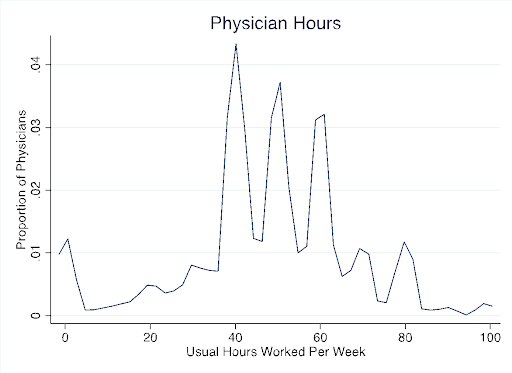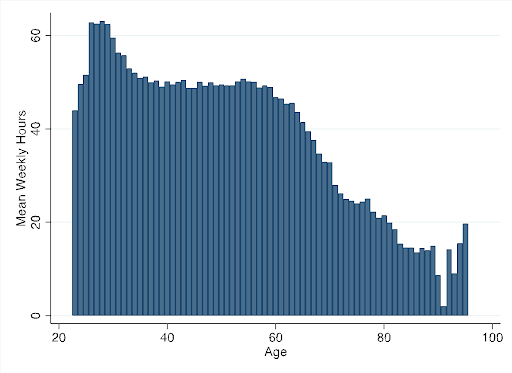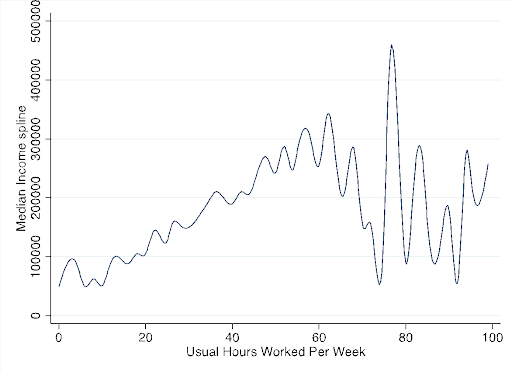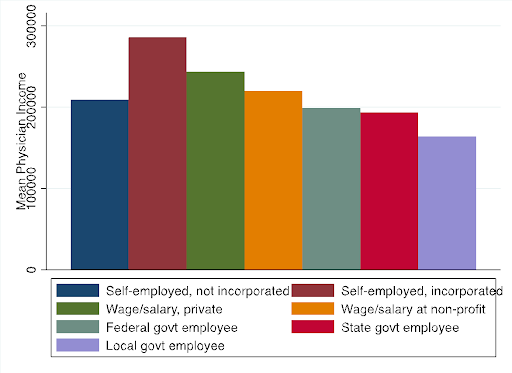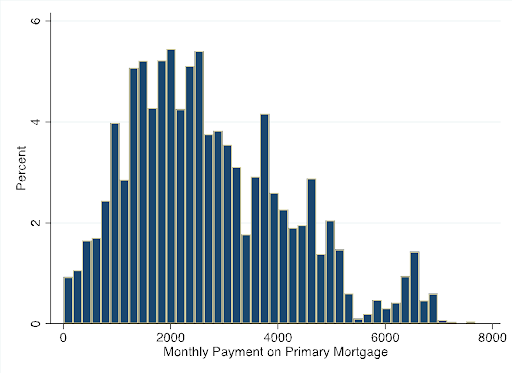Which Doctors Get Paid the Most?
Becoming a doctor is a hard path filled with tests and years of training, but there is a pot of gold waiting for those who make it to the end. U.S. doctors are among the highest paid in the world, and that hard path is part of the reason why. The U.S. has fewer med school spots per capita than almost any other developed country.
This restriction on the supply of physicians means that the competition to get into medical school is fierce, but the competition among practicing doctors is relatively tame, allowing them to command high salaries — especially when our demand for health care is high and generously subsidized. Likewise, the highest-paid specialties like orthopedic surgery see fierce competition for a small number of training spots.
The average doctor in the U.S. earned $236,116 according to the latest estimates from the five-year American Community Survey. But the variation in doctor pay is huge, with substantial numbers earning near-zero income and many others earning over $600,000.
In fact, not everyone even fits on the chart: with 52,000 physicians in the survey, 47 reported making more than $1 million per year, while 13 reported making less than zero because their business lost money.
The modal income for a doctor is $58,000 — a typical salary for those who have finished medical school but are still in their residency training. This training effect is clear when we look at how income changes with age.
New physicians start with salaries down in the middle-class range during training, earn well into the six-figure range through most of their career, then earn steadily less after age 60 as they move toward retirement. This decline in income after age 60 hints at another key determinant of income: how much people work. Physicians most commonly report working 40-, 50-, or 60-hour weeks, with 50 being the average, but many report working part-time while many others report working more than 60 hours per week.
Physicians work less as they get older, though some are going strong in their 90s.
Income generally increases with hours worked, though the relationship is less clear after about 60 hours per week.
The highest-paid physicians are self-employed in an incorporated business, while the lowest paid work for governments, particularly local governments.
How do physicians spend it all? For the most part, the census doesn’t ask about spending, but the big exception is houses. The typical physician has a four-bedroom house with a monthly mortgage payment of $2,700 — a nice place to relax after a 50-plus-hour work week at the job you spent years training for.
But some physicians might not mind a somewhat lower salary if it came with fewer working hours and a less cut-throat training process, a package that we could have if the U.S. either eased licensing requirements or expanded the number of training spots available.




